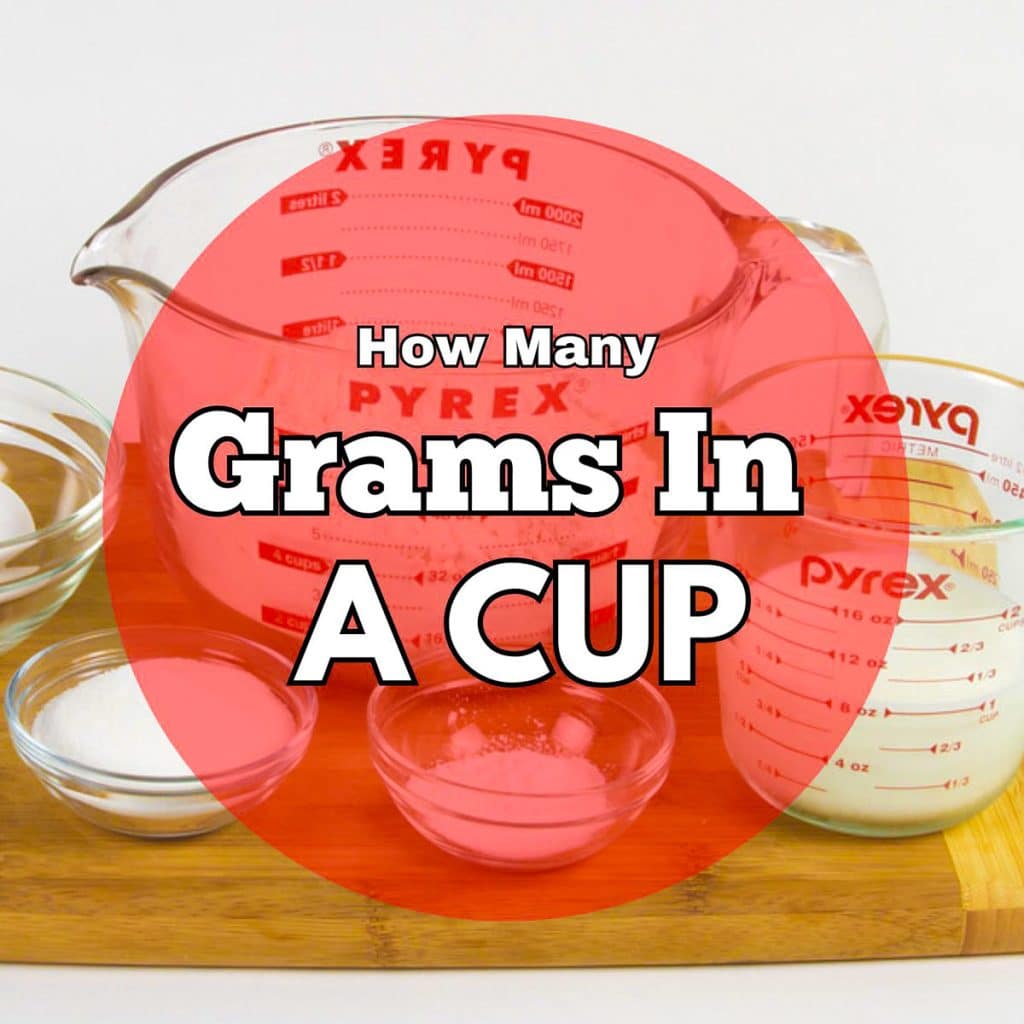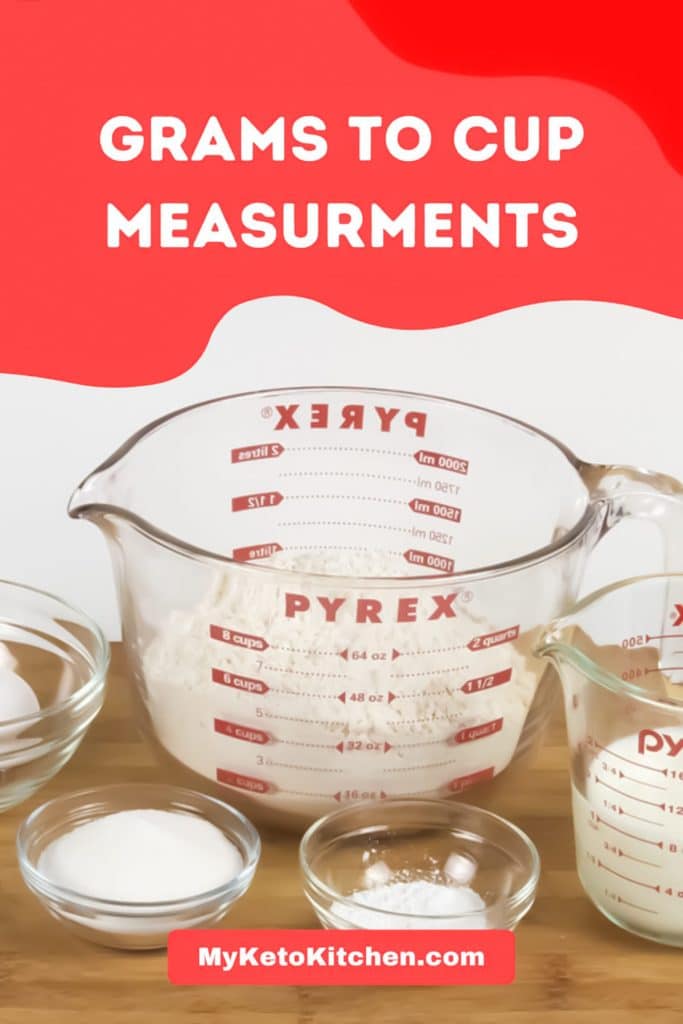Ever wondered, “How many grams are in a cup?” The answer isn’t as simple as you might think. It depends on what you’re measuring! This comprehensive guide will unravel the mystery of cup-to-gram conversions, ensuring your culinary creations turn out perfectly every time.
Find out how many ounces there are in a cup here.

Table of contents
Why Grams Matter In The Kitchen
Grams (g) are a unit of measurement used worldwide, particularly for cooking and baking. While cups are convenient, they can be inaccurate due to variations in packing and ingredient density. Grams, on the other hand, offer precision, ensuring consistent results in your recipes.
Understanding The Difference: Cups VS. Grams
A cup is a volume measurement, while grams measure mass or weight. This means a cup of flour will weigh differently than a cup of sugar due to their varying densities.
Key takeaway: To achieve baking precision, use a kitchen scale and measure ingredients in grams.
Cup To Gram Conversions: A Handy Cheat Sheet
Let’s dive into the conversions for common ingredients, categorized by US cups, metric cups, and UK imperial cups:
US Cups
| Ingredient | Grams per cup |
|---|---|
| Wheat flour | 130 g |
| Almond flour | 100 g |
| Coconut flour | 120 g |
| Granulated sugar | 200 g |
| Caster sugar | 225 g |
| Powdered sugar | 125 g |
| Brown sugar | 190 g |
| Cocoa powder | 90 g |
| Sultanas | 200 g |
| Chocolate chips | 170 g |
| Butter | 227 g |
| Oil | 240 g |
| Heavy cream | 240 g |
| Honey/maple syrup | 340 g |
| Uncooked rice | 185 g |
| Oats | 80 g |
Metric Cups
| Ingredient | Grams per cup |
|---|---|
| Flour | 148 g |
| Cocoa powder | 118 g |
| White sugar | 237 g |
| Brown sugar | 260 g |
| Powdered sugar | 142 g |
| Butter | 269 g |
| Honey | 403 g |
UK Imperial Cups
| Ingredient | Grams per Cup |
|---|---|
| Flour | 175 g |
| Cocoa powder | 140 g |
| White sugar | 280 g |
| Brown sugar | 308 g |
| Powdered sugar | 168 g |
| Butter | 318 g |
| Honey | 477 g |
Liquid Conversions Made Easy
For liquids, the conversion is simpler: 1 milliliter (ml) is roughly equal to 1 gram (g). So, a 240 ml US cup equals approximately 240 grams.
Remember, these are approximate values. The exact weight can vary slightly depending on the specific ingredient and measuring method.
Tools for Accurate Conversions
While the tables above are helpful, a kitchen scale is the ultimate tool for precision. Digital scales are readily available and offer the following advantages:
- Pinpoint Accuracy: Eliminate guesswork and ensure consistent results.
- Versatility: Measure in various units (grams, ounces, pounds).
- Easy to Use and Clean: Streamline your cooking process.
For those without a scale, online converters like the Cups to Grams Converter For Ingredients can be helpful, but they may not be as precise as using a scale.
Frequently Asked Questions
Ingredient density is the culprit. Denser ingredients like brown sugar will weigh more than lighter ones like flour, even if they occupy the same volume in a cup.
While cups are convenient, grams offer superior accuracy, especially for baking, where precise measurements are crucial for success.
Numerous online resources, cookbooks, and even apps provide comprehensive conversion charts and tools. A quick search for “cooking conversions” will yield a wealth of information.
There are 120 grams in one cup of flour.
There are 227 grams in one cup of butter.
There are 240 grams in one cup of milk.
There are 200 grams in one cup of sugar.




